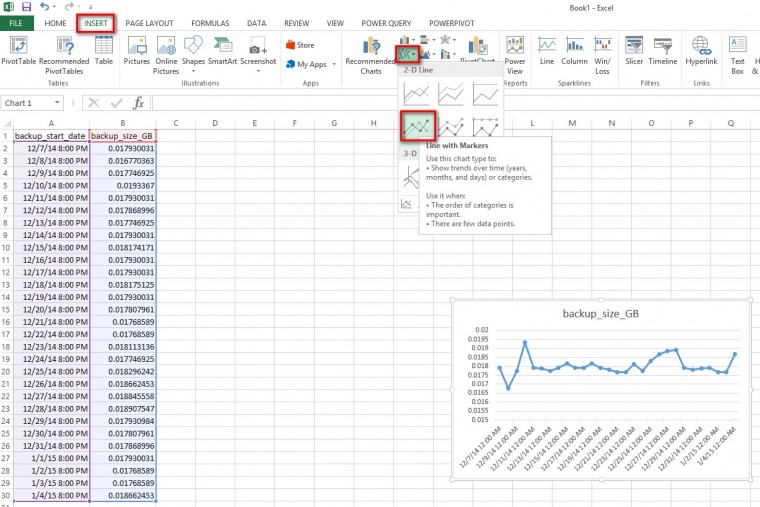Whether you need to have a good network connectivity, a tight integration with Active Directory or DNS, a stable Windows Server Failover Cluster, etc. the most common advice that technical experts will give you regarding SQL Server Always On Availability Groups falls into one category: technology. I’ve just listed a handful of them and there’s still […]
PostWhat Technical Experts Are Probably Not Telling You About SQL Server Always On Availability Groups



